Factory Reset uses officially licensed Honda software (HDS w/ DST-i interface device), calibration equipment, and uses statements from the Honda Independent Repair Website to qualify calibrations
Honda vehicles involved in a collision must Pre/Post have pre and post repair scans performed. American Honda states that the only way to accurately determine the post collision status of electrical systems is by using HDS.
Source: Honda Position Statement
Common Honda ADAS Systems
Blind Spot Information Radar (BSI)
Occupant Detection System/Seat Weight Sensor (ODS, SWS)
Millimeter Wave Radar
The millimeter wave radar is a sensor for the adaptive cruise control feature, often located behind the grille or emblem, which allows the driver to set a constant speed and distance from a vehicle ahead. Some vehicles with this feature may also have the low speed feature (LSF) which works to bring the vehicle to a slow stop as opposed to cutting off when the vehicle hits lowers speeds.
When to perform Millimeter Wave Radar Aiming
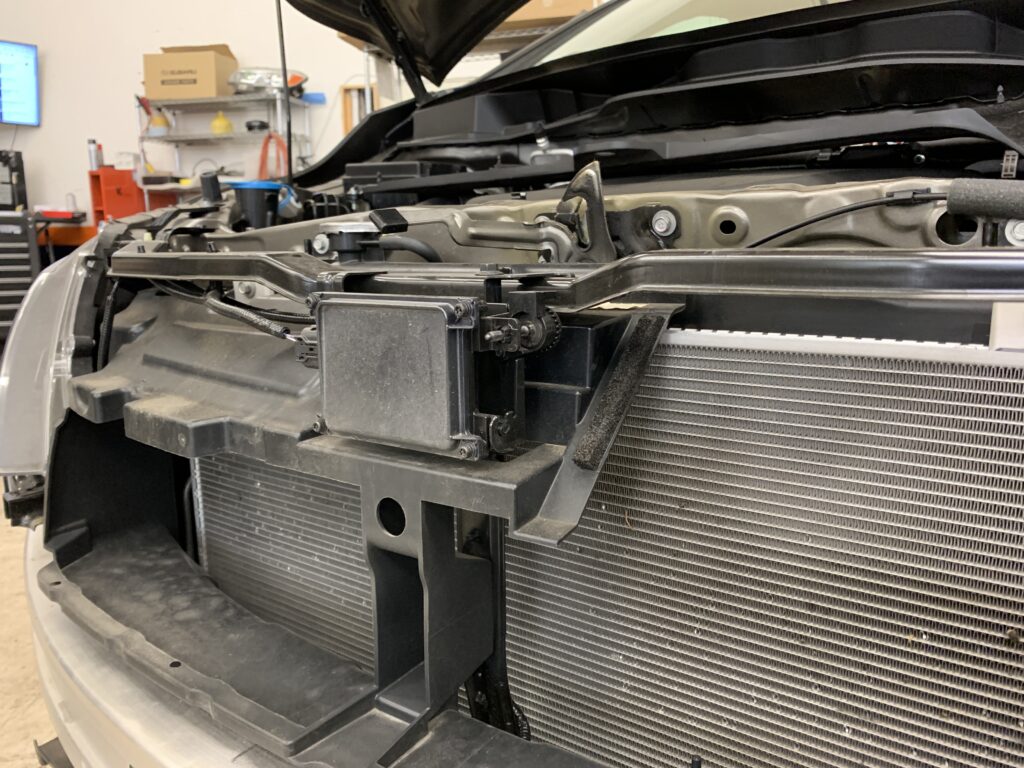
- Radar is removed and installed
- Radar is replaced
- Bumper repair within 300mm (11.8in) of the radar
- After a collision requiring structural body repair
- After and SRS deployment
- After a wheel alignment
Blind Spot Information Radar
The Blind Spot Monitor, located on either quarter panel or inside bumpers, is purposed with detecting vehicles that are outside the view of mirrors and alerting the driven with a light indicator (usually located on the mirrors) and/or an audible beep.
When to perform Blind Spot Calibration
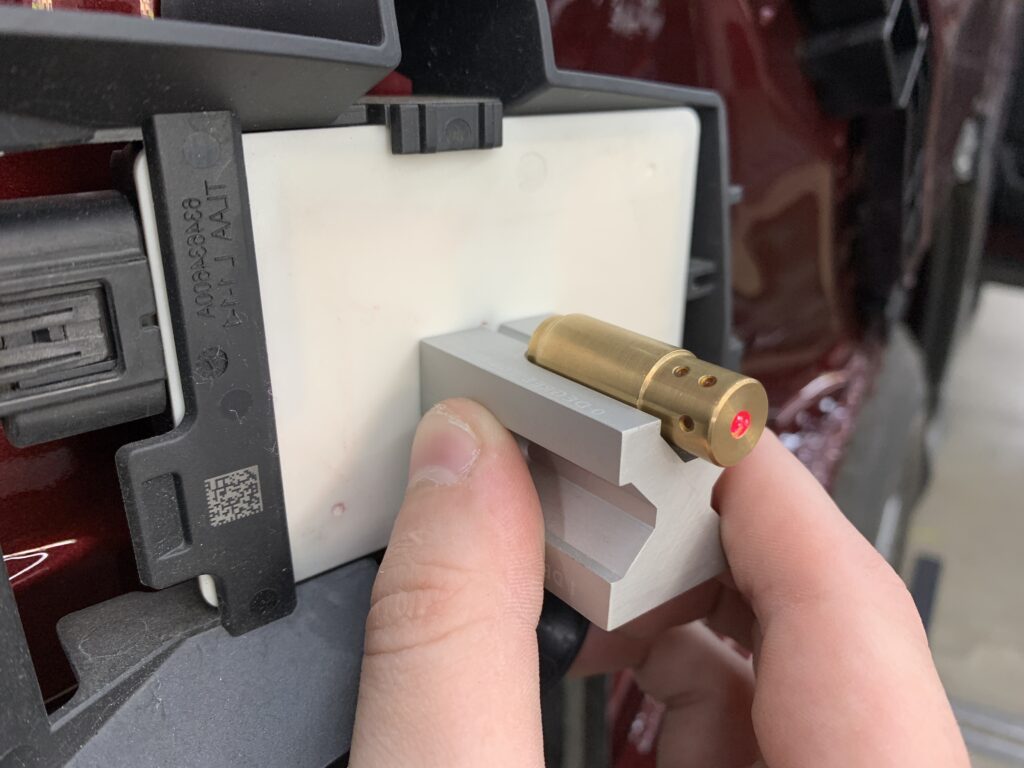
- BSI radar unit is removed or installed
- BSI radar unit is replaced
- After replacing or repairing the body panel(s) where the BSI is mounted
- After a collision repair requiring a structural body repair at the rear of the vehicle
LaneWatch
LaneWatch is a driver activated camera, located on the passenger side mirror, that displays on the audio/navigation display when the right turn signal is active. Useful for checking the blind spot area prior to making a lane change.
When to calibrate LaneWatch

- LaneWatch camera is removed or replaced
- Passenger side mirror is removed or replaced
- Passenger side door panel is removed or replaced
- Body repair to passenger side door panel
- Adjustment made to passenger side door position
Steering Angle Sensor
The Steering Angle Sensor measures the steering wheel position and rate of turn. Calibrating this is crucial as its data is used in reference for many ADAS systems, including but not limited to, adaptive cruise control, lane keep assist, and adaptive headlights.
When to perform the Steering Angle Sensor Value Clear

- Whenever the steering joint, steering wheel, or steering angle sensor is removed
- Front toe is adjusted
Multi-View Camera
The Multi-View Camera displays views from a series of cameras (usually grille, both mirrors, and rear gate/lid) that form a variety of views for the driver to safely inspect their surroundings.
When to aim Multi-View Camera
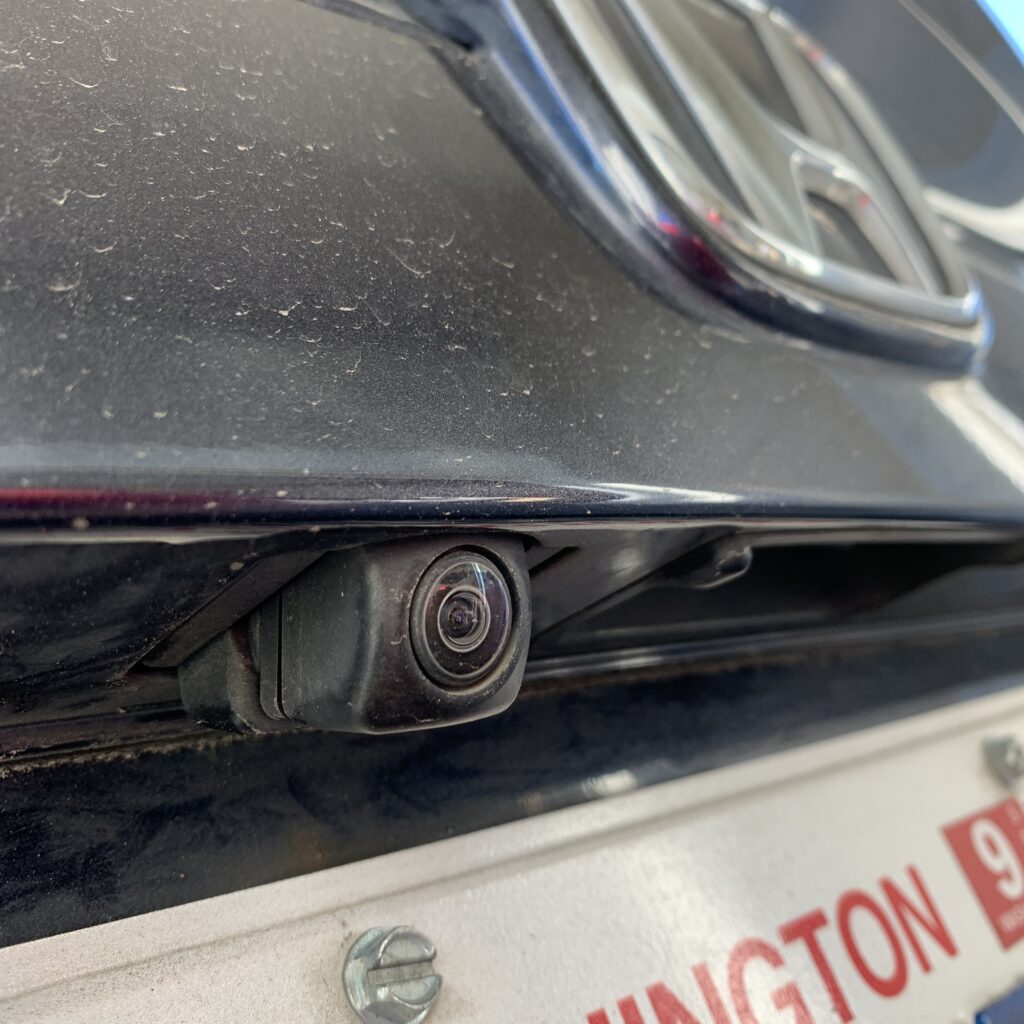
- Front, rear, left or right side camera is removed, replaced, or if an aiming error occurs
- Power mirror is removed or replaced
- Front door panel is removed or replaced
- Tailgate panel is removed or replaced
- Front bumper or front grille is removed or replaced
Multipurpose Camera
The Multipurpose camera, located above the windshield interior, is responsible for the lane keep assist, lane departure warning and forward collision warning. These systems help keep the vehicle between road lines, minimally correct the steering wheel, and inform the driver if conditions become unsafe or unusual.The camera can be impaired by weather or lighting conditions.
When to Calibrate Multipurpose Camera
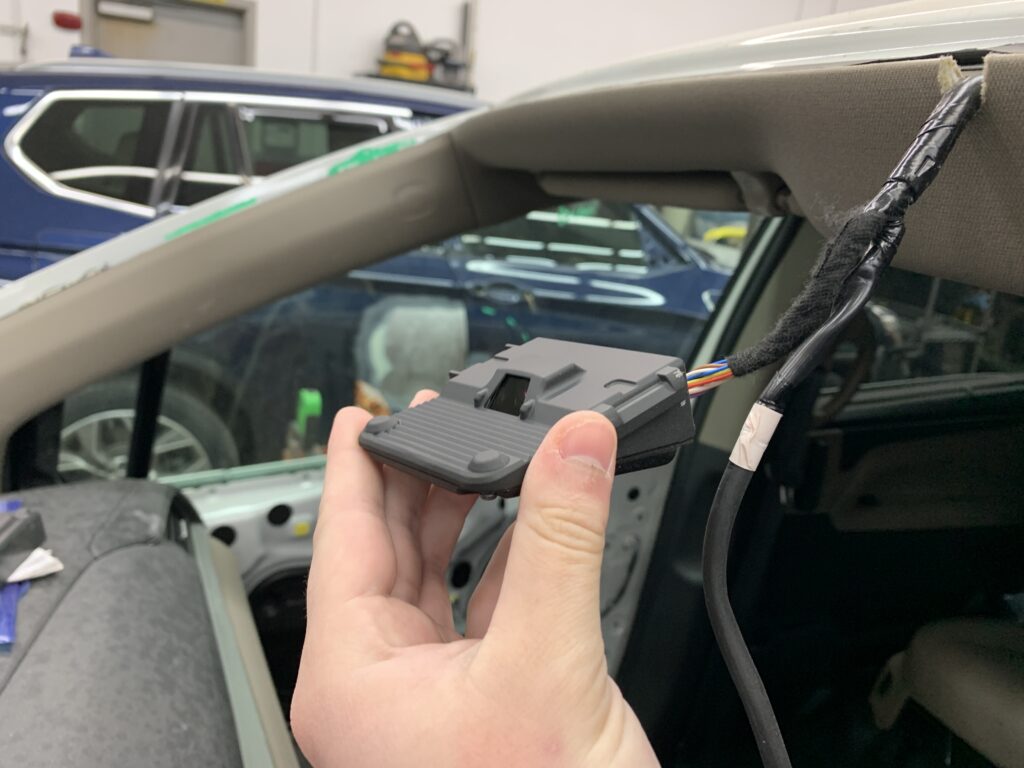
- Windshield is removed or replaced
- if it is suspected that the vehicle is out of alignment, a wheel alignment must be performed before aiming the camera
Occupant Detection System
The Occupant Classification System (OCS), located in the passenger seat(s), is a sensor that uses weight to determine if it is occupied and then enables the supplemental restaint system (SRS) to deploy airbags and/or restrict movement of the seatbelt during a collision.
When to calibrate the Occupant Detection System
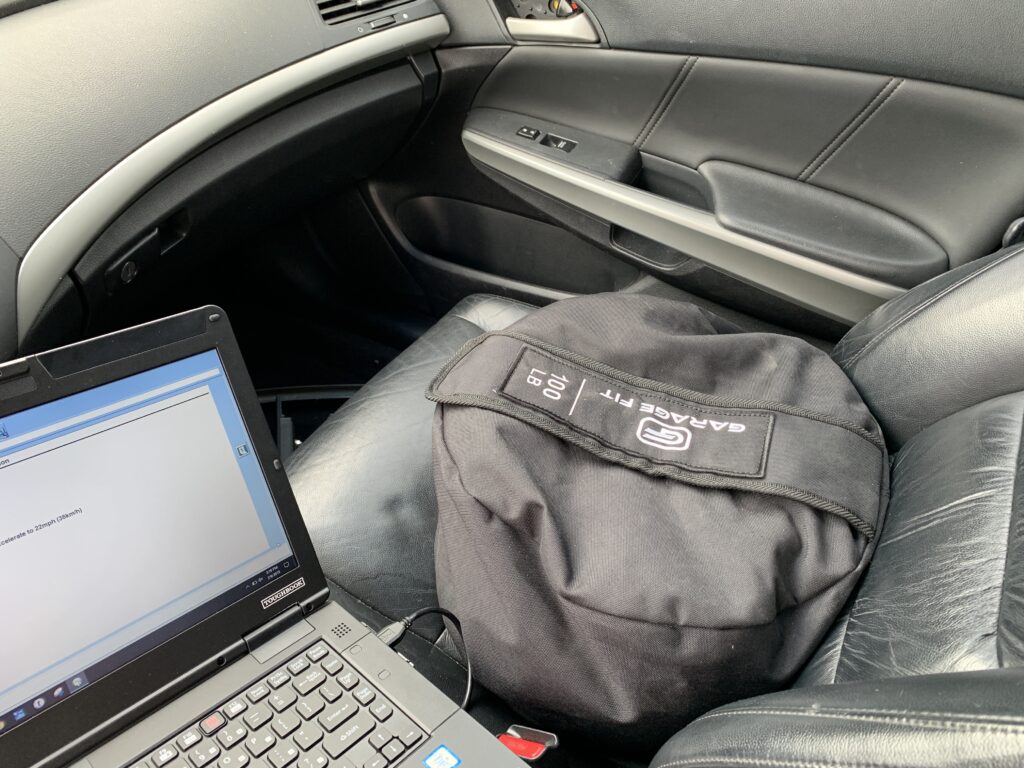
- After a collision
- Front passenger seat is removed
- Part of the front passenger seat is replaced
With our access to HDS and Honda Independent Repair System, we are also able to provide other various calibrations/programming as well as raw data performance readings and latest repair procedures on all modern Honda and Acura vehicles
